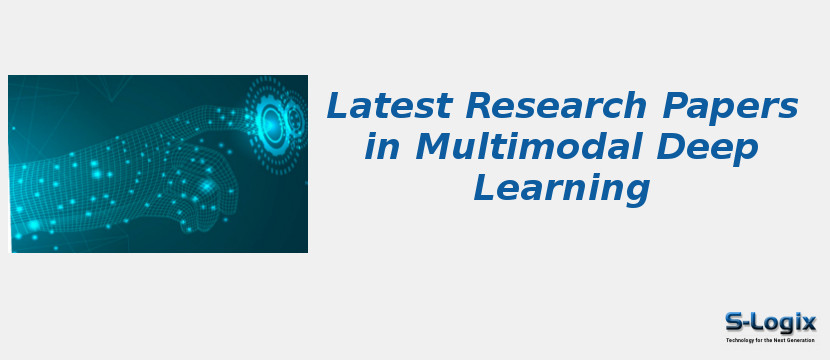Multimodal deep learning has emerged as a prominent research area focusing on the integration of multiple data modalities—such as text, image, audio, video, and sensor data—into unified representations to improve learning performance and generalization. Early works explored simple fusion strategies like early fusion (concatenating raw features) and late fusion (combining modality-specific predictions), while more recent research emphasizes joint representation learning, attention mechanisms, and cross-modal transformers that capture correlations and complementary information across modalities. Applications span a wide range of domains including image captioning, visual question answering, speech–text understanding, emotion recognition, medical diagnosis, and autonomous systems. Recent studies also investigate contrastive learning, graph-based multimodal networks, and generative models to align and translate between modalities, enabling robust performance even under missing or noisy data. Overall, multimodal deep learning has shown significant improvements over unimodal approaches, providing a versatile framework for complex real-world tasks that require understanding and reasoning across heterogeneous information sources.
